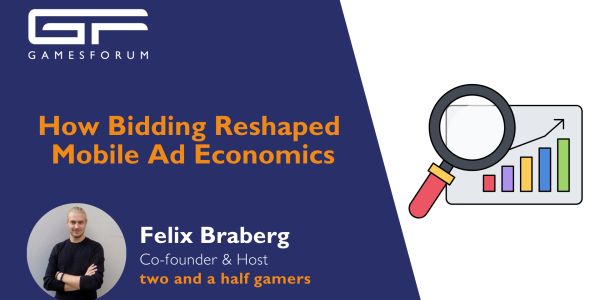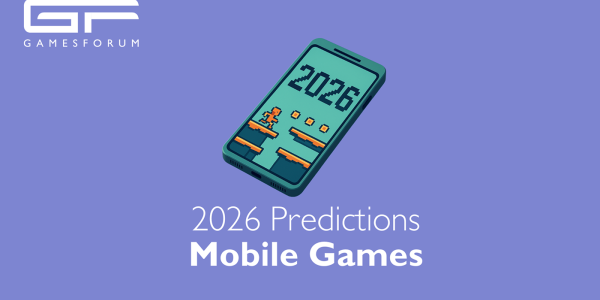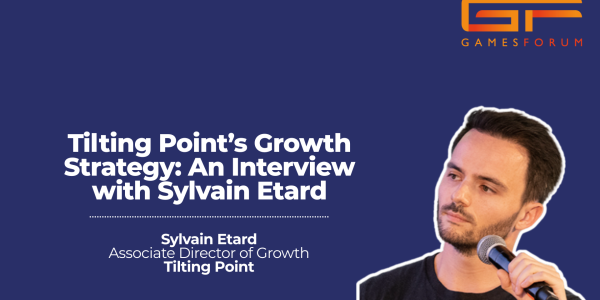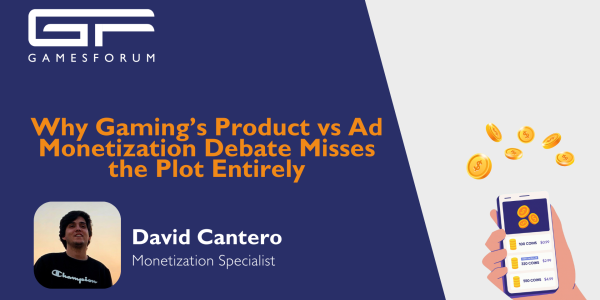Why a Hybrid Strategy is vital for mobile game success

Choosing a strategy for your title is something that will constantly be discussed, whether you are in the hypercasual world, the midcore competitive world or paid premium titles. Whether to show an advert or a purchase opportunity to a user has always been a balancing act of extracting the most revenue, without destroying the user experience.
Yet still to this day, we see games that are charting high, getting millions of players into their game, and only offering one option to their users. As a longtime user of level/round based puzzle games like Sudoku, Match 3 games and a recent addiction to Block Blast (which is what has spurred on this post, WHY CAN’T I HAVE A NO ADS IAP???), 'Remove Ads' is probably my most purchased item ever. I’m never the one to buy gems, power ups, or something cosmetic, I’m all in on function. It blows my mind when I encounter a game, especially one that's so popular and high up in the charts, that still doesn't offer this feature in today's gaming landscape. So let's dig into it, why should you offer BOTH ads and purchases to your title.
Quality vs Quantity: Revenue streams
- In-App Purchases (IAPs): Sensor Towers 2024 State of Mobile Gaming report states that even though there was a downturn in users and revenue in 2023, there was still 88 billion users spending $107.3 billion last year, that's an average of $1.22 per user worldwide and $5.42 per US user. These are your quality users, usually bringing in the highest LTVs.
- In-App Ads: Ad engaged users bring up the quantity side of the scale. Being “ad-driven” has been the go to strategy in hyper/hybrid/casual games in recent history, but lately we’ve seen even the mid and hardcore games starting to see IAA as an untapped revenue stream.
Emarketer suggests that we will see a big jump in In App Advertising spend this year, jumping 14.8% to a staggering $177.44 bn. This is a slice of pie you do not want to miss out on.
Segmenting your way to success
Much like you will hear from all of the Wall Street/investment gurus, in order to achieve wealth and grow, you must diversify your portfolio. Stop just looking for one kind of user, find ways to attract them all. Segment the heck out of them and get those LTVs flying high.
Creating a monetisation strategy that covers both IAP and IAA is also shown to directly increase user engagement across your game. For instance, if you are able to get the user to make a purchase within the first few sessions, they have then invested actual cash into the game, so they will engage (even if they aren’t overly enjoying the game) because they want to get their money's worth.
Whereas on the other side of the coin, a user dying close to completing a level may wish to engage in an advert to give them that extra 10s of gameplay, or to get that booster that will help.
The balancing act
With a hybrid approach comes the balancing act of which items to offer for free and which to offer for a premium. Well, I'm afraid that's for you to figure out, there is no one- size-fits-all, no two users are identical. Yes we can segment, and create those similar audiences, but figuring out which items go where is a very fine balancing act.
You neither want to give away too much and reduce the game's challenge, nor do you want to give away too little and fall into the dreaded “pay to win” review onslaught.
Post-IDFA era
Due to the post apocalyptic post-IDFA era, we’ve all felt the struggles of finding those great users that go on to make multiple big spends, play for a lifetime and rate 5 stars. Finding that person in a privacy centered world is a huge task in itself.
The hybrid model allows you to support that risk a little more, as most users coming into your title are naturally going to be non spenders, so including IAA into your mix will give you at least some return on your ad spend. While your campaign does its magic backstage to find the whales who want to buy that starter pack, or, get rid of any ads.
Testing, testing, 1,2,3
The aim of the game is to maximise every pixel of real estate in your game, you have limited space and time to monetise in mobile so you need to make the most out of every bit of it.
A/B test like your life depends on it. Which purchase pop up shows? Where? How often? WHY? (Why would a user at this point in gameplay even consider it?).
The 'why' is a question that is often ignored in these decisions, we put our hearts into the data - “data led decisions” is something you have likely heard before, and something you will definitely hear again. It’s something that has built mega games, but it's also not everything. Getting a user to engage in your game, and to spend their money, or their time watching an advert is an emotional response. What reason do they have for making this choice, how will it improve their experience?
Answer these questions, and you might, MIGHT, be onto the next monster hit.
Conclusion
Incorporating both IAA and IAP ensures that mobile games can effectively monetise across different user behaviours, making them crucial for the financial success and long-term sustainability of free-to-play mobile games. It gives you the largest chance for success in a world that is very much uphill racing, and already defined games and publishers are taking the lion's share of users and revenue, leaving the scraps for the indies looking to make a breakthrough.











